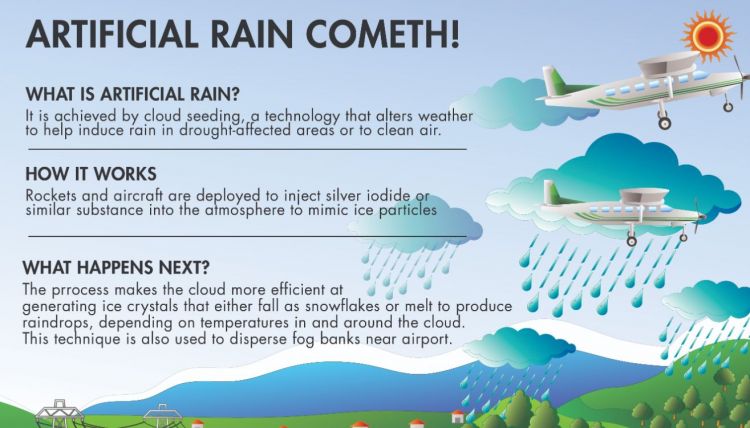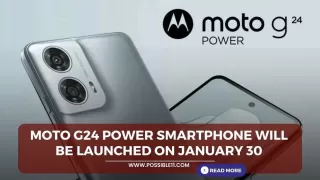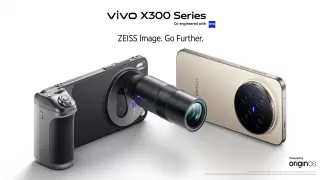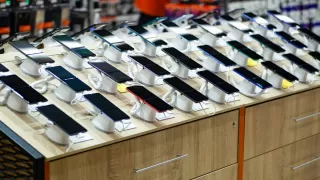In the era of Artificial Intelligence, artificial rain is not a new term. In situations like flood, drought, heatwave, storm, forest fire etc., artificial rainfall is discussed as an option to control the situation.
At present, this is being discussed in view of the increasing pollution in Delhi and the serious situation due to it.
The level of pollution in Delhi has remained 'severe' for the last several days. Serious here means that the air quality index of Delhi remains between 401 and 500.
According to experts, when AQI is between zero and 50 it is called 'good'. A score between 51 and 100 is considered 'satisfactory', a score between 101 and 200 is considered 'moderate', a score between 201 and 300 is 'poor', a score between 301 and 400 is 'very poor' and a score between 401 and 500 is 'severe'.
To deal with the severe pollution level and control it, the Delhi government has made several announcements one after the other. Delhi Environment Minister Gopal Rai has told what steps the government is going to take to deal with pollution. Among all the measures suggested by the government, the suggestion of providing artificial rain through cloud seeding is much discussed.
Delhi government minister Saurabh Bhardwaj has said, "The geological condition of Delhi is such that at this time of the year many cities of North India, including Delhi, suffer from pollution... It can be treated with artificial rainfall... we had a meeting with the experts of IIT Kanpur... If we get the consent of the Supreme Court, then the government wants to get it done very soon. If this thing proves successful, then we will have a very effective technology not only in Delhi but in the entire North India. She will come..."
In such a situation, questions are being raised that what is artificial rain? How does this happen and how effective is it in dealing with pollution. To answer all these questions, we spoke to SN Tripathi, civil engineering professor at IIT Kanpur. The information given below is based on this conversation.
What is artificial rain
When naturally formed clouds in the atmosphere themselves cause rain, it is called natural rain.

But many times it happens that clouds are formed but due to some incomplete processes inside them, they are not able to cause rain. Or even if it rains, it remains only in the clouds and does not reach the earth.
So, under a special technique, when rain is induced by putting rain seeds in the clouds, then it is called artificial rain. The name of this technique is cloud seeding.
What is cloud seeding technique
'Cloud seeding' is made up of two words, cloud and seeding. Cloud means cloud and seeding means sowing seeds. It may sound strange but in simple words, the process of sowing the seeds of rain in the clouds is called cloud seeding.
It is worth noting that substances like silver iodide, potassium chloride and sodium chloride are used as seeds. These substances are sprayed in the clouds with the help of aircraft etc.
These substances freeze the water droplets present in the cloud. After which the ice pieces stick to other pieces and form snowflakes. These snow flakes fall on the ground.

Cloud seeding has a long history. American scientist Vincent J. Schaefer invented cloud seeding. Its roots are found in the 1940s, especially during that time in America.
Professor SN Tripathi explains, “You cannot do seeding where there are no clouds. So first of all you see whether there are clouds or not, if so at what height, what are the characteristics of them and the atmosphere. Then with the help of forecast or measurement, they find out how much water is in the cloud. After this, a special kind of chemical (salt or mixture of salts) is put at suitable places in the clouds. This chemical speeds up the microphysical processes of clouds (i.e. rain particles, snow). After which it falls on the ground in the form of rain.
There is also a technique of giving electric shock to the clouds, using which rain can be caused. In this, with the help of drone technology, electric shock is given to the clouds.
UAE had created artificial rain in the year 2021 using this technology.
Also Read: Royal Enfield shows its first electric bike
































